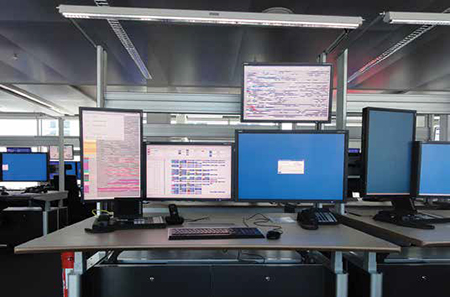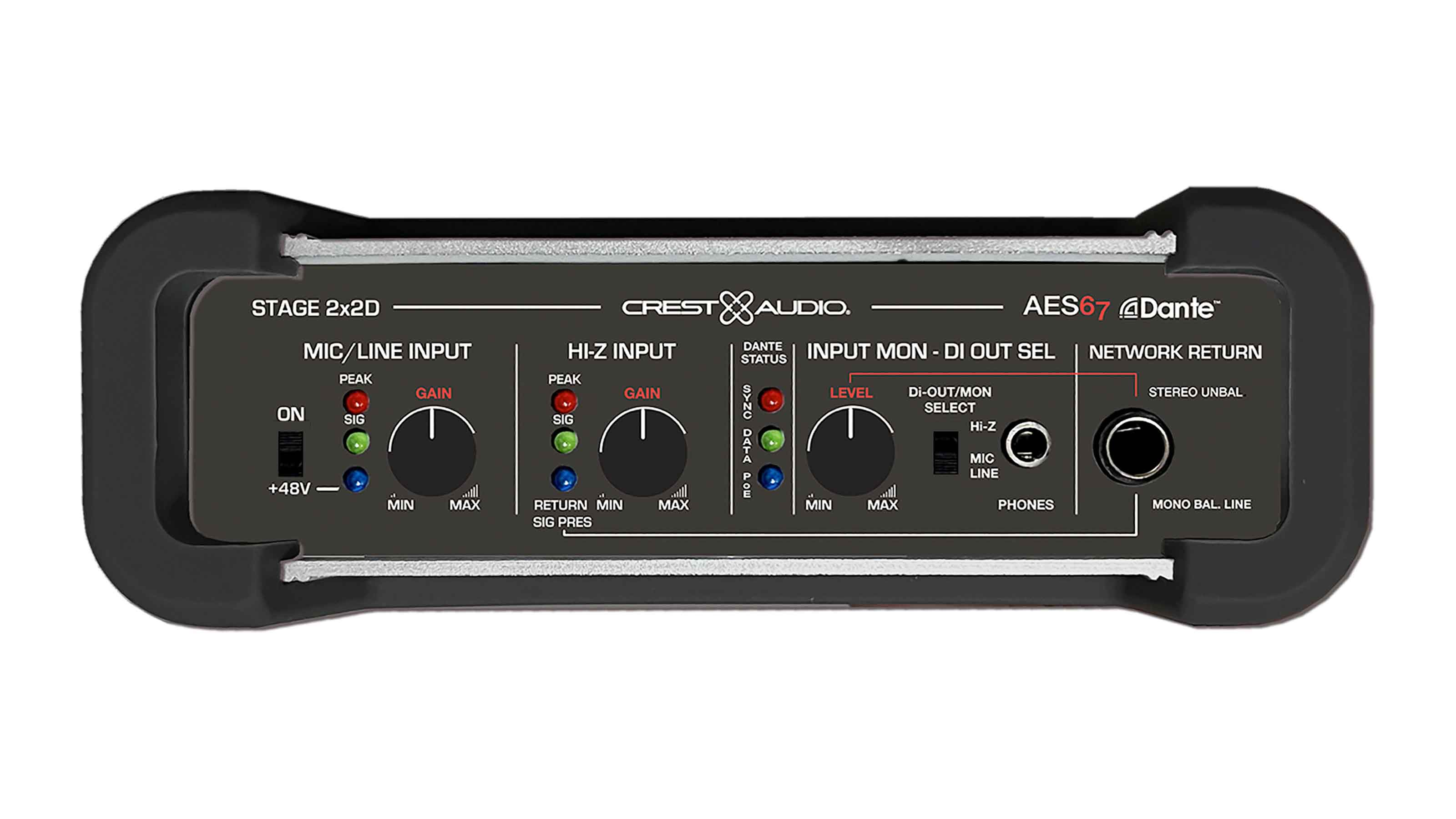VNOCs Coming Around to SaaS Adoption


Florida’s Department of Transportation (FDOT) VNOC was integrated by AVI-SPL. Remote monitoring and management of videoconferencing network operations centers and other AV installations, delivered in the form of Software-as-a-Service (SaaS) or Monitoring-as-a-Service (MaaS), offer benefits to both vendors and customers. But with data breaches at businesses and governmental agencies being reported with alarming frequency, just how secure are these cloud-based services?
For AV integrators and other solutions providers, these services provide a revenue center and a way to establish deep and long-lasting customer relationships. For the end user, they potentially relieve stress on in-house IT resources and reduce hardware and software costs through outsourcing.
“Every medium to large integrator I’ve talked to sells managed services,” commented Daniel Jackson, senior research and development engineer at Crestron Electronics. “They don’t make money on the products the way they used to; they make money selling service contracts.
“It’s a really good opportunity for integrators because once you start inserting yourself into the way that your customer does business, you go from being the guy who sells boxes to somebody who is a critical part of how the customer is running their operation. When they have to do something else, guess who they’re going to come back to?”
Integrators have been using off-the-shelf remote monitoring and management tools such as the Tandberg Management Suite (TMS), Extron GlobalViewer Enterprise (GVE), Crestron Fusion, and others, for some time. But as computing shifts to the cloud, “You don’t have to reinvent the wheel; we already have a cloud product,” said Scott Allard, co-founder and managing partner of AVNOC, which offers HIPAA-compliant remote monitoring, help desk, and service center applications.
AVNOC is helping integrators transition from a reactive to a proactive model. “Let’s say they sell a brand new system with AVNOC in it. The integrator can come back at the end of the year when the warranty is over and provide a stack of paperwork that says, this is what we’ve done; we’d like to continue the relationship with a service contract. It makes it easier for the integrator to get reoccurring revenue out of their customers.”
Integrators can create a high-security environment for their customers in the cloud that doesn’t have to be hosted by Amazon Web Services or use a virtual private network. “We can put it right in your network, our cloud, their cloud; they can put it in the customer’s network, and it can be their cloud. The days of open VPNs are long gone,” said Allard.
A daily selection of the top stories for AV integrators, resellers and consultants. Sign up below.

Enterprises have generally taken a piecemeal approach to cloud services adoption, with few, if any, moving wholesale to the cloud, observed Peter Marquis, director, service, North America Commercial Services, Black Box. The cloud is basically a server-based infrastructure located somewhere other than the enterprise’s data center or data closet, accessed through a private connection or the internet, explained Joe Laezza, SVP of UCC and service solutions at AVI-SPL. There are a number of ways to ensure secure cloud consumption, he said. At one end of the spectrum, “You could have your own private instance of an application—it’s just located somewhere else, and it’s connected on your own private network.”
At the opposite end of the scale, a solution such as AVNOC’s, he said, is what is known as a multitenant service. “The application’s hosted and it’s consumed by many different enterprises. That means some of the information is being stored and acted upon on the same piece of hardware, or within the same application, as other information.”
There are various ways to ensure security at that scale, starting with physical security. Companies such as Amazon comply with ISO/IEC 27001:2013, a group of standards for information management security systems, which restricts physical access to the equipment, for example.
“Then, how do you partition the data, where is it backed up, where does it reside? That’s where it gets fluid in terms of the type of application, the type of code, where and how it’s being hosted, how you partition,” Laezza continued.
“In the world of virtual, it permits you to take a server or a database and partition it. You can spin up an instance for a particular customer on the same piece of hardware that is partitioned and secure from another instance.”
Enterprises have generally taken a piecemeal approach to cloud services adoption, with few, if any, moving wholesale to the cloud, observed Peter Marquis, director, service, North America Commercial Services, Black Box. “I think people are still evaluating it. A lot of those enterprise networks can afford to dabble. They still haven’t committed 100 percent.”
That said, security is an infrequently discussed issue with clients, Marquis reported. “There are plenty of other companies out there that support and worry about the risks associated with the cloud.”
A few years into cloud adoption and “70 or 80 percent of the requests fall into certain buckets,” he shared, enabling Black Box to streamline and standardize its offerings. “If they want customization to fit their unique needs, we’ll do that as well.”
Some remote management providers combine one or more solutions from different developers while others offer a more unified approach. But aggregating solutions can be a challenge. “Your support models and client interfaces are different. It ends up being an interesting mix for some enterprise clients,” said Marquis.
Crestron encountered such a situation with a large corporation that wanted to integrate BlueJeans video collaboration with Fusion, Jackson related. “They wanted one thing to be able to look at and manage their alerts. Because Fusion isn’t tied to just one service it can be that aggregator, the MoM, or manager of managers. People really want just one thing that they have to look at.”
Jackson also noted that Crestron Fusion Cloud Edition is now available. “It’s a private cloud option,” he said.
AVI-SPL initially thought it would build a better mousetrap, said Laezza, developing intellectual property with the company’s Symphony platform at its core. “But instead of ignoring some of the good solutions like Fusion, TMS, and AVNOC, we’ve developed Symphony on a service-oriented architecture. We can consolidate information and do our job, but also leverage other solutions. In many cases, there’s a big Crestron deployment with a couple of instances of Fusion; we plug it into our Symphony platform. We have APIs that can interoperate.”
Steve Harvey (sharvey.prosound@gmail.com) has been west coast editor for Pro Sound News since 2000 and also contributes to TV Technology, Pro Audio Review, and other NewBay titles. He has over 30 years of hands-on experience with a wide range of audio production technologies.
